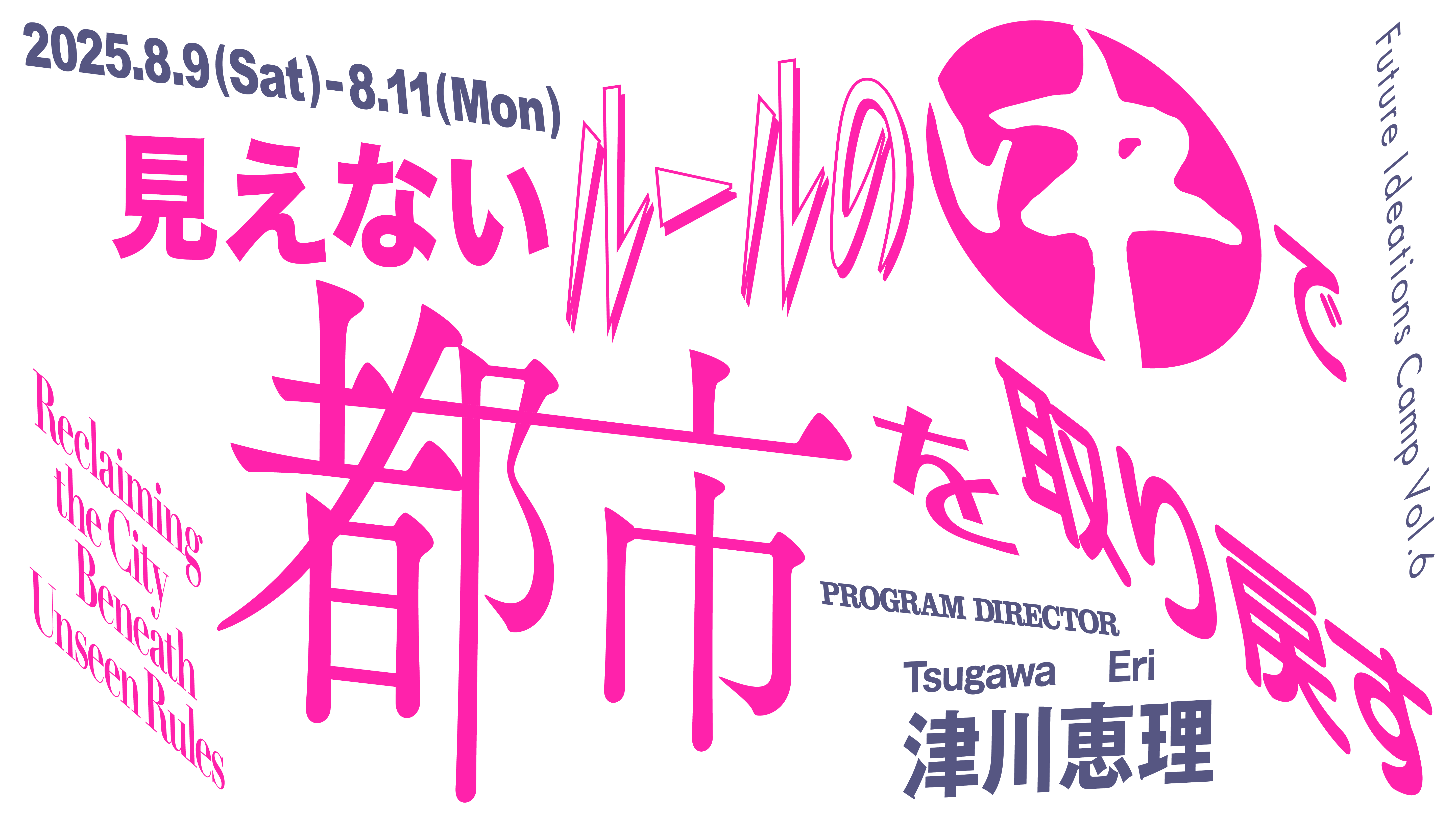
KASANARI [Umbrella Song]
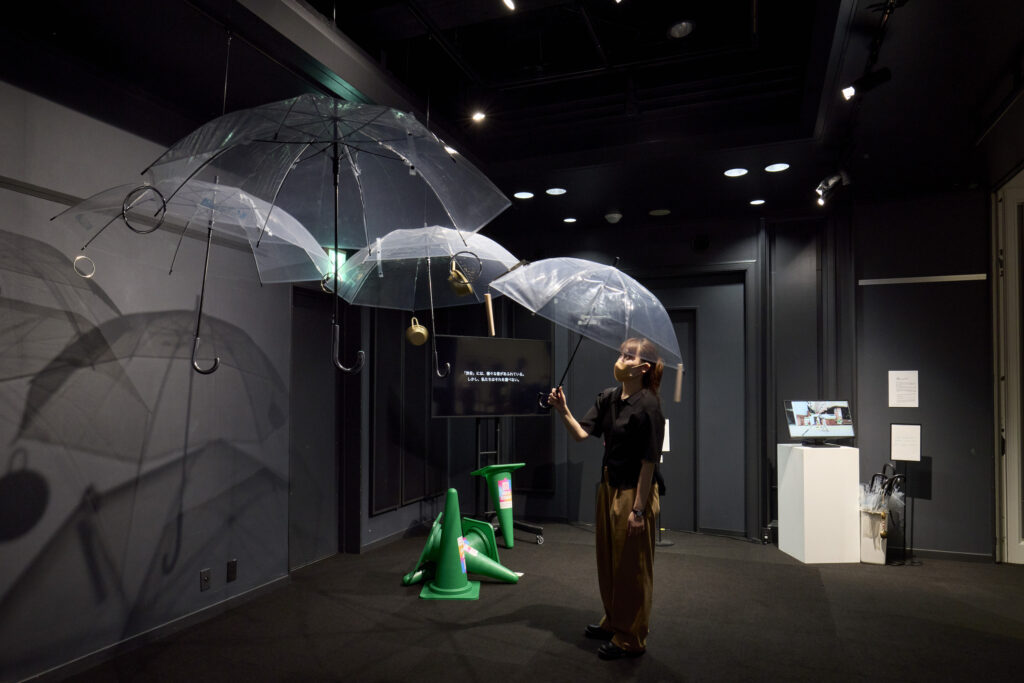
Members : Tomotosi, Suzuki Daisuke, Tsujimoto Sakurako, nagaragawa
It’s raining. One hand is inevitably bound to an umbrella, our gaze drops to the ground, and our senses draw inward. Other passersby feel like obstacles to avoid and our connection to the city dissolves.
But what if this small burden of having to carry an umbrella could be transformed into a source of positive experience?
Imagine small objects affixed to the tips of shared umbrellas placed around the city. As people pass and their umbrellas gently touch, a soft note rings—a fleeting harmony impossible to create alone.
Once a symbol of inconvenience, the umbrella becomes an extension of your body, your arm reaching higher above your head. The “obstacles” you once avoided become fellow musicians, and the city itself becomes your stage. No longer just a shield from the rain, the umbrella turns into your epidermis, sensing your personal space, and an instrumental device through which you can meet the city anew.
MachiTune — Reclaiming “Shibuya” into Our Hands Through Sound
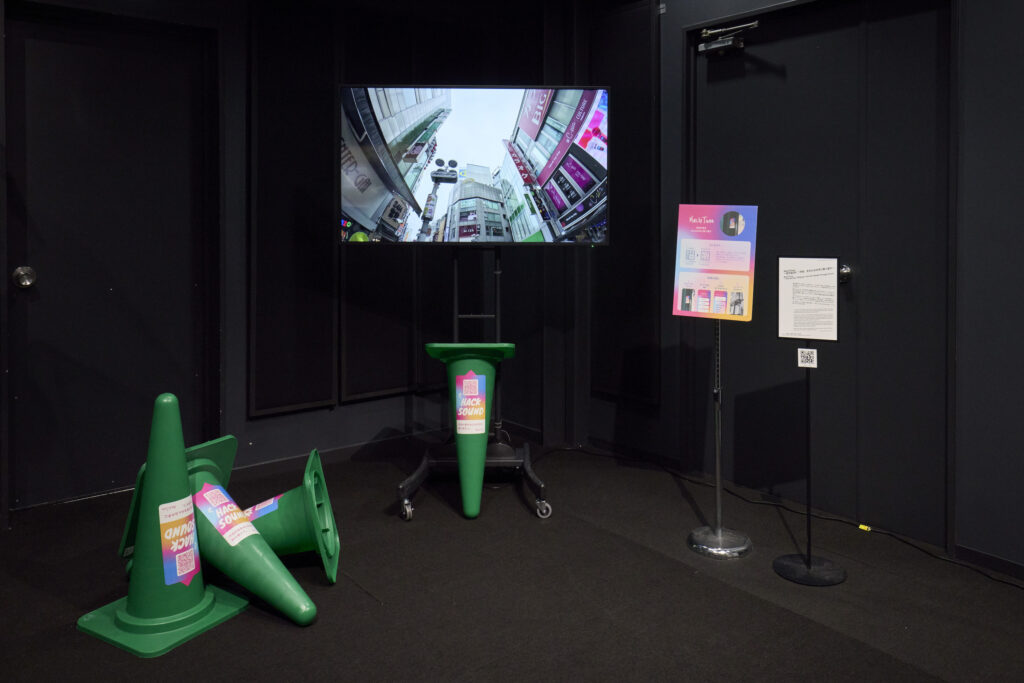
Members : Ishizaki Asako, Takei Yuto, Yasuda Aruto, Inokuchi Yohei
In modern cities, those who set the rules of society and those who follow or break them have grown increasingly divided, and the boundaries between them seem immovable. MachiTune was born to bring change to these boundaries.
Its focus is on “sound.” On the streets of Shibuya, background music chosen by administrators plays through public speakers. MachiTune is a platform that allows passersby to decide this sound from the bottom up. By enabling people to democratically choose and play music, it creates opportunities to reweave the relationships between the city and its people, between those in power and consumers.
That said, hacking into the city’s speakers right away is no easy task. As an experiment, we installed a work that hides a speaker inside a green traffic cone. By placing a speaker that allows democratic selection of sound on a Shibuya street corner, we created opportunities for people to notice “sound” and the forces behind it.
Starting with “sound,” people can engage with the city more actively, reclaiming “Shibuya” into our hands. That is the future MachiTune envisions.
Right to Write: Opening the Urban Space
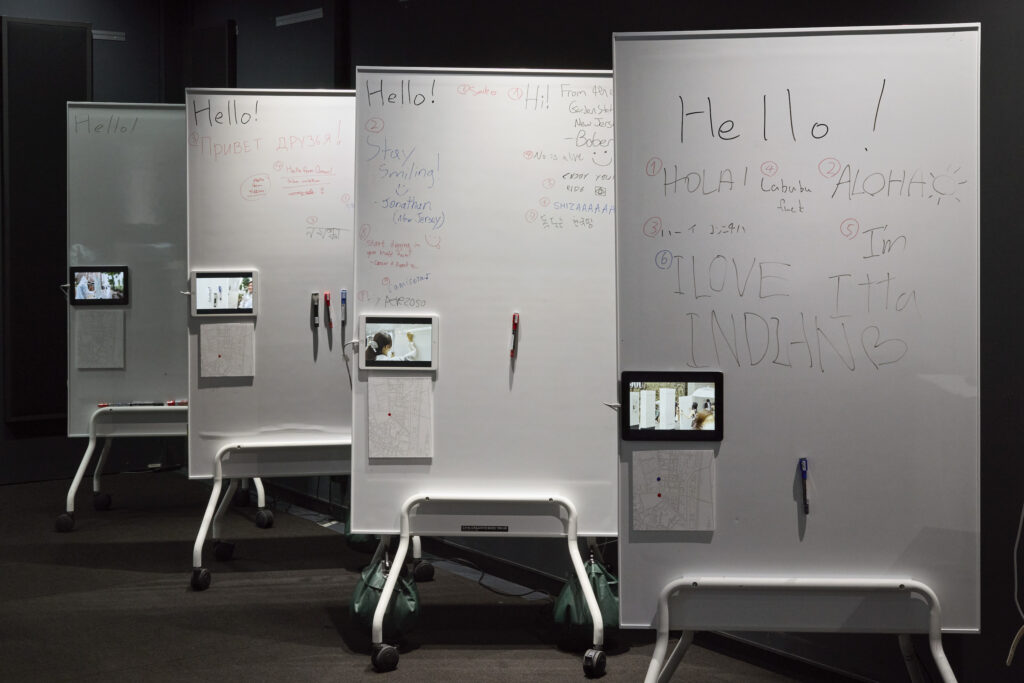
Members : Shimura Shota, Morita Mizuki, Sano Haruna, Uemura Kazuki
On Shibuya’s accelerating, ever-denser Koen-dori (Park Street), we installed a whiteboard that anyone can write on at will. Unlike advertisements or warning signs, this undefined plane surface invites doodling, erasing, and overwriting, setting off a chain reaction of improvised exchanges among passersby. The surface becomes a prompt for collective authorship, where messages collide, mutate, and disappear in real time.
Nevertheless, gazes of indifference intersect without end.
The flow of people, propelled by consumption and purpose, shrouds the city, perpetuating a fragmented urban space sealed within fleeting passings. In public spaces, invisible rules——institutions and norms——govern people’s behavior, eroding even the surplus capacity to actively navigate the city on one’s own terms. This work sought to temporarily ease such constraints and to explore whether open space could be entrusted to the hands of the people.
In the end, did it truly bring openness to the urban space?
Bentofication
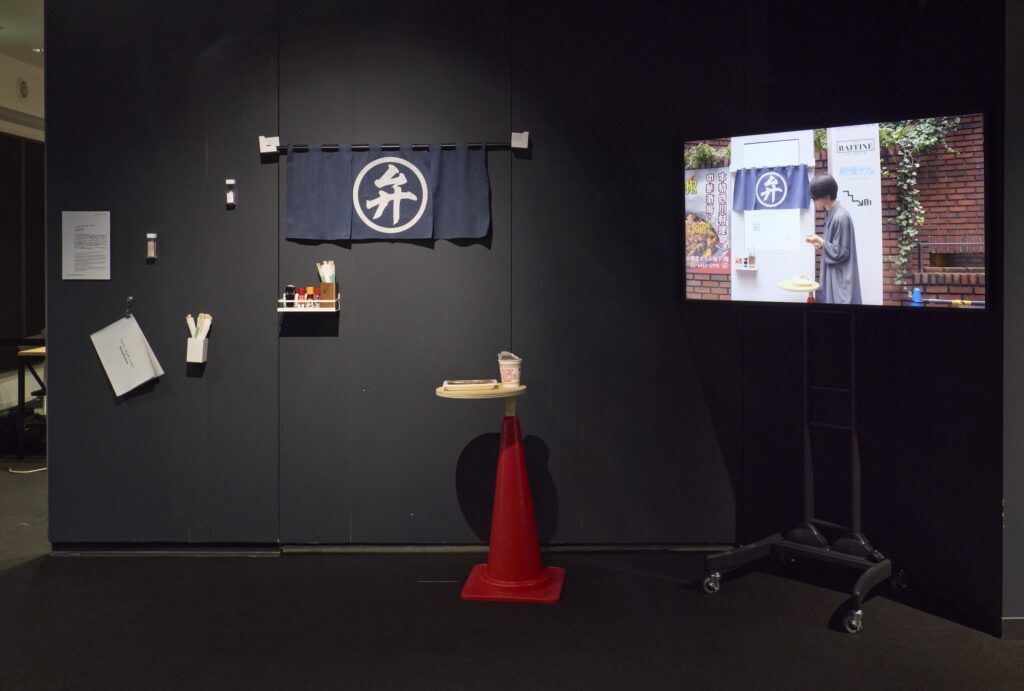
Members : Ishii Ryoya, Umeshita Soma, Sarah Ali, Senbaku
Where do you eat the food you buy at convenience stores like Family Mart and 7-Eleven?
This work began with this very question.
In Shibuya, you might be able to sit on a roadside step to eat something small real quick–– like an onigiri. But when it comes to a full bento set, is there really a comfortable place to eat?
In response to this scenario, we aimed to create dining spaces in the “margins” of the city through minimal interventions. An example is creating props or adding ornaments that fit the urban spaces apt for Japanese eating vibes.
We started to place familiar Japanese dining objects—such as soy sauce dispensers and chopstick holders—on protrusions, ledges, or benches in the form of magnets or add-ons to cones already in urban public spaces.
Our goal was to reframe these spots as places for eating.
We call this process “Bentofication.” By re-interpreting the latent margins of the city and inserting new uses into everyday life, the work aims to renew the relationship between people and the urban environment.
Driftage City Shibuya
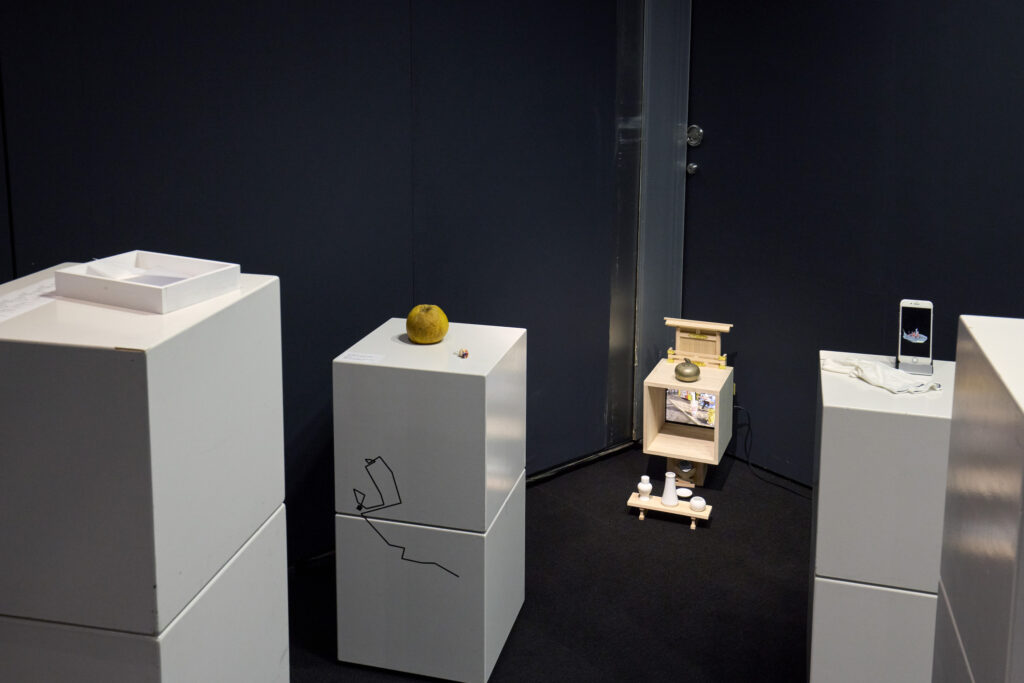
Members : Motani Kazuki, Fujimoto Miyu, Kobayashi Kanta, Fujiga Hinako
At the valley floor of the city lies Shibuya, where countless “drifted objects” have gathered—relics likely brought by the diverse people who have passed through. This exhibit is installed with a main sanctuary that enshrines actual drifted objects discovered in Shibuya, presenting them as objects of devotion. While “drift” is a fluid practice, “driftage” becomes a catalyst for story and belief. In an era where anonymous reviews and time efficiency dictate urban destinations, the act of driftage re-introduces chance and lingering into the city. Through the experience of worship and returning to the streets, visitors are invited to reflect on their own driftages, deepening both their belief in and attachment to Shibuya.
Friction Footprints
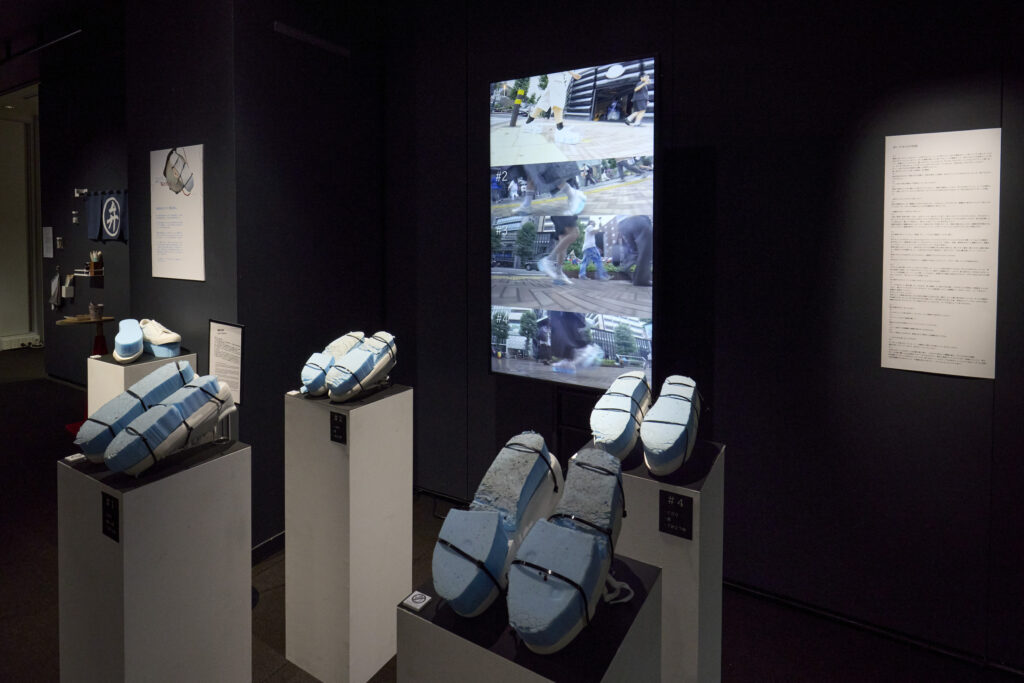
Members : Lily Okamoto, Matsumura Daichi, Watanabe Hideaki, Sakamoto Hiroyuki
Footprints may be invisible, but soles tell a story.
With every step on Shibya’s sloped Koen-dori, your shoe soles experience friction, gradually wearing down. This wear becomes a cumulative trace of your daily travels—a physical record of your contact with the city.
As you walk toward your destination, the soles wear down bit by bit: your muscles remember the incline and hardness of the ground and your body unconsciously gathers sensory data from your feet, creating a unique walking pattern. This invisible friction is not only a physical strain but also symbolizes the many social codes we navigate in our daily lives.
Every one of us experiences Koen-dori differently: for some, a push toward consumerism; for others, a sense of exploration, walking toward the sky; and for another, a playful dance like surfing through waves of people.
Under varying conditions—uphill, downhill, and shifting weather—we wondered if it was possible to “extend” our experiences of the intersections we have between the society, city, and others through the notion of “friction.” To explore this, four of us walked the approximately 500-meter stretch of Koen-dori—from MODI to the NHK Park—with blocks of styrofoam attached to our shoe soles, tracing the wear that occurred. The patterns etched into the styrofoam revealed the physical force of friction, making visible what was previously invisible from the conversations about our different experiences.
We invite you to walk the slopes that are familiar to you and discover the many invisible forms of friction that surround us every day.
